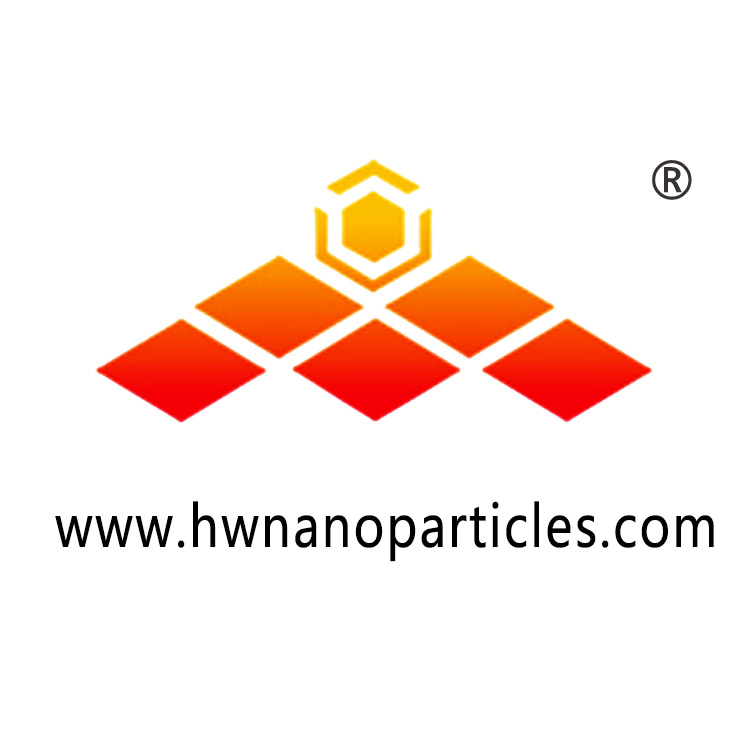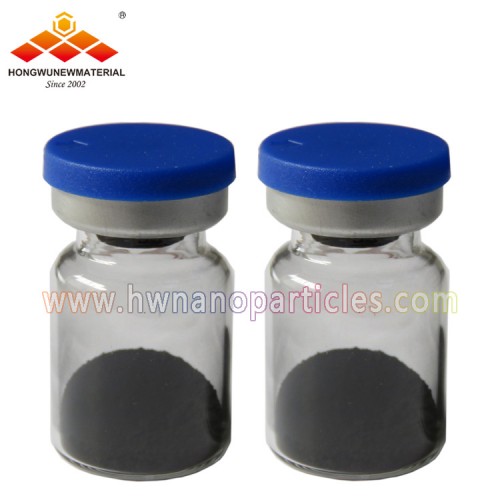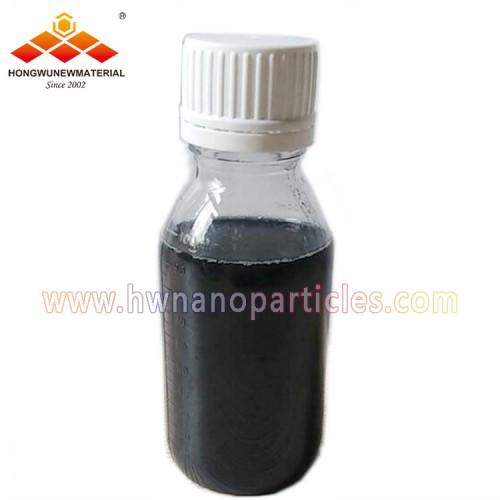
Nano platinum (Pt)for three-way catalyst in automobile exhaust treatment
| Product name | Nano Platinum Powder |
| MF | Pt |
| CAS No. |
7440-06-4 |
| Particle Size | (D50)≤20nm |
| Purity | 99.95% |
| Morphology | spherical |
| Package | 1g, 10g, 50g, 100g, 200g in bottle or plastic bags |
| Appearance | black powder |
Nano platinum (Pt)for three-way catalyst in automobile exhaust treatment
The three-way catalyst is a catalyst used in the three-way catalytic converter of automobile exhaust. It is used to catalytically convert automobile exhaust before it is discharged, and to oxidize CO, HC, and NOx respectively, reducing harmful gases to carbon dioxide (CO2), nitrogen (N2), and water vapor (H2O) that are harmless to human health.
Pt is the earliest catalytic active component used in automobile exhaust purification. Its main contribution is the conversion of carbon monoxide and hydrocarbons. Pt has a certain reduction ability for nitrogen monoxide, but when the NO concentration is high or SO2 is present, it is not as effective as Rh, and platinum nanoparticles (NPs) will sinter over time. Since platinum will agglomerate or even sublimate at high temperatures, it will in turn reduce the overall catalytic activity. Studies have confirmed that platinum group metal atoms can be exchanged between metal nanoparticles and the bulk perovskite matrix, thereby reactivating the catalytic activity.
Precious metals have excellent catalytic selectivity. There are relatively complex coherent effects or synergistic effects between precious metals and between precious metals and promoters. Different precious metal combinations, ratios and loading technologies have a great influence on the surface composition, surface structure, catalytic activity and high-temperature sintering resistance of the catalyst. In addition, different methods of adding promoters will also have a certain impact on the catalyst. A new generation of Pt-Rh-Pd ternary catalysts has been developed by utilizing the active coordination between Pt, Rh and Pd, which has significantly improved the catalyst performance.









